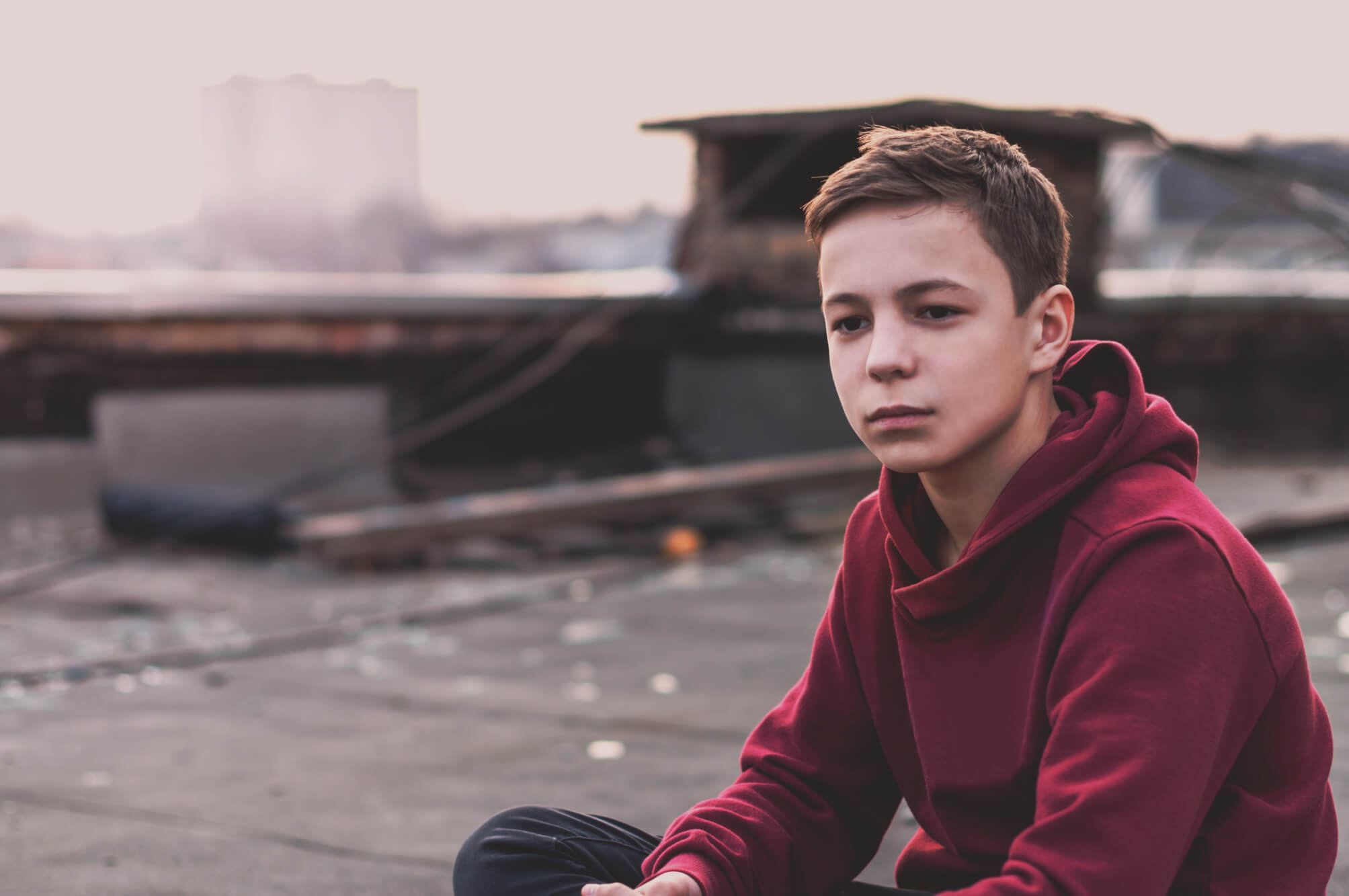Bridging the Gaps Between Term time & School Holidays

The school bell rings, chairs go up, and another term ends. For some pupils, it means sleep-ins, playdates, and family holidays. But for others, the classroom door closing marks the beginning of something far less certain.
Safeguarding doesn’t take time off, even when school does. And yet, for many vulnerable children, the support network they rely on - teachers, teaching assistants, the DSL - are all suddenly out of reach. This is where the gaps appear. Quiet ones. Easy to miss. But dangerous all the same.
During term time, children are seen by adults every day. Not just seen but known. We spot the bruises that don’t line up with the story. We notice when a child’s energy changes, or when their clothes are unwashed. We listen when they hint at trouble.
Over the holidays, that regular contact disappears. And with it, the protective factor that school brings.
Some children:
- Lose access to daily food, routine, and emotional security
- Spend longer unsupervised or in high-risk environments
- Become more exposed to domestic conflict or neglect
- Drop off the radar of professionals completely
For those already living with instability, holidays can intensify risk. And sadly, disclosures often spike in the first few weeks back, once a child feels safe enough to speak.
Who’s Most at Risk?
There’s no one type of child to watch out for, but there are patterns:
- Children on child protection or child in need plans
- Pupils in care or those recently returned to birth families
- Young carers
- Children with SEND or communication difficulties
- Those known to be experiencing poverty or food insecurity
- Pupils who’ve recently disclosed abuse or neglect
- Children being home educated with limited supervision
For these children, school may be the only stable structure in their lives. When that’s removed, their world becomes less predictable, and more vulnerable.
What Can Schools Do Before the Break?
You can’t control what happens outside your gates, but you can prepare.
Here’s what helps:
- Pre-holiday check-ins with known at-risk pupils. Ask how they’re feeling. Let them know who they can contact if they need help.
- Contact lists and support lines sent home with pupils and families. Include services like Childline, local food banks, housing support, and early help.
- Flag high-risk children with social care where appropriate. If there’s a pattern of escalation during breaks, speak up before the break happens.
- Ensure holiday contact details are up to date, especially for children with open safeguarding concerns.
- Where possible, share concerns through multi-agency meetings before term ends, don’t wait until after.
- Support families to access Holiday Activities and Food (HAF) programmes or other trusted clubs. For some, these are more than just childcare, they’re lifelines.
Safeguarding doesn’t mean being on-call 24/7, but it does mean planning. Schools should:
- Have a designated DSL or SLT member available for urgent safeguarding enquiries (via secure email or voicemail service)
- Ensure clear handover notes for ongoing safeguarding cases
- Communicate boundaries - staff should know when to escalate, not feel pressure to manage concerns alone
Some settings appoint a ‘duty DSL’ rota across clusters of schools during longer holidays to ensure cover. In areas where this isn’t practical, making sure staff know how and where to signpost concerns is vital.
And After the Holidays?
The first few weeks back matter. Children may return:
- Tired, withdrawn, or agitated
- With visible injuries
- Having lost confidence or regressed socially
- Carrying the weight of something that happened while nobody was watching
Make space for quiet check-ins. Notice the changes. Re-establish routines that help children feel safe. And above all, listen without rushing.
We spend so much time safeguarding within the school environment that it’s easy to forget how exposed some children become once the doors close. The solution isn’t ‘over-policing’ or trying to track every child beyond term time. It’s about planning ahead, noticing the patterns, and making sure those who are most vulnerable know that support doesn’t end just because term does.
Because for some children, the break from school isn’t a break at all. It’s a gap. And it’s our job to help bridge it.
Sara Spinks
SSS Author & Former Headteacher
11 June 2025